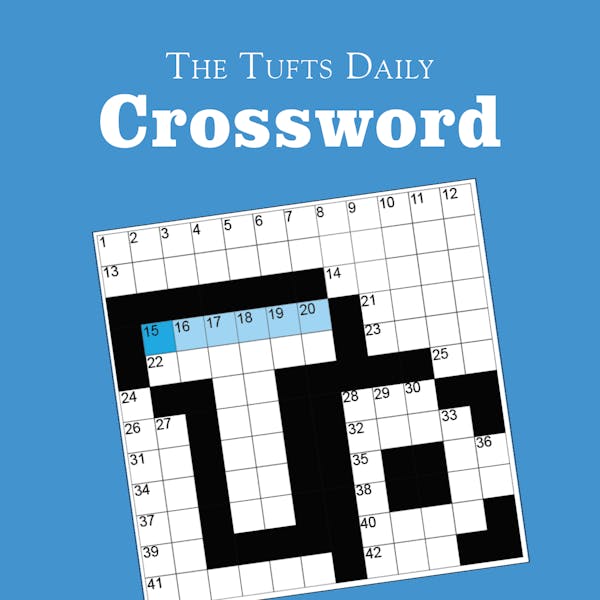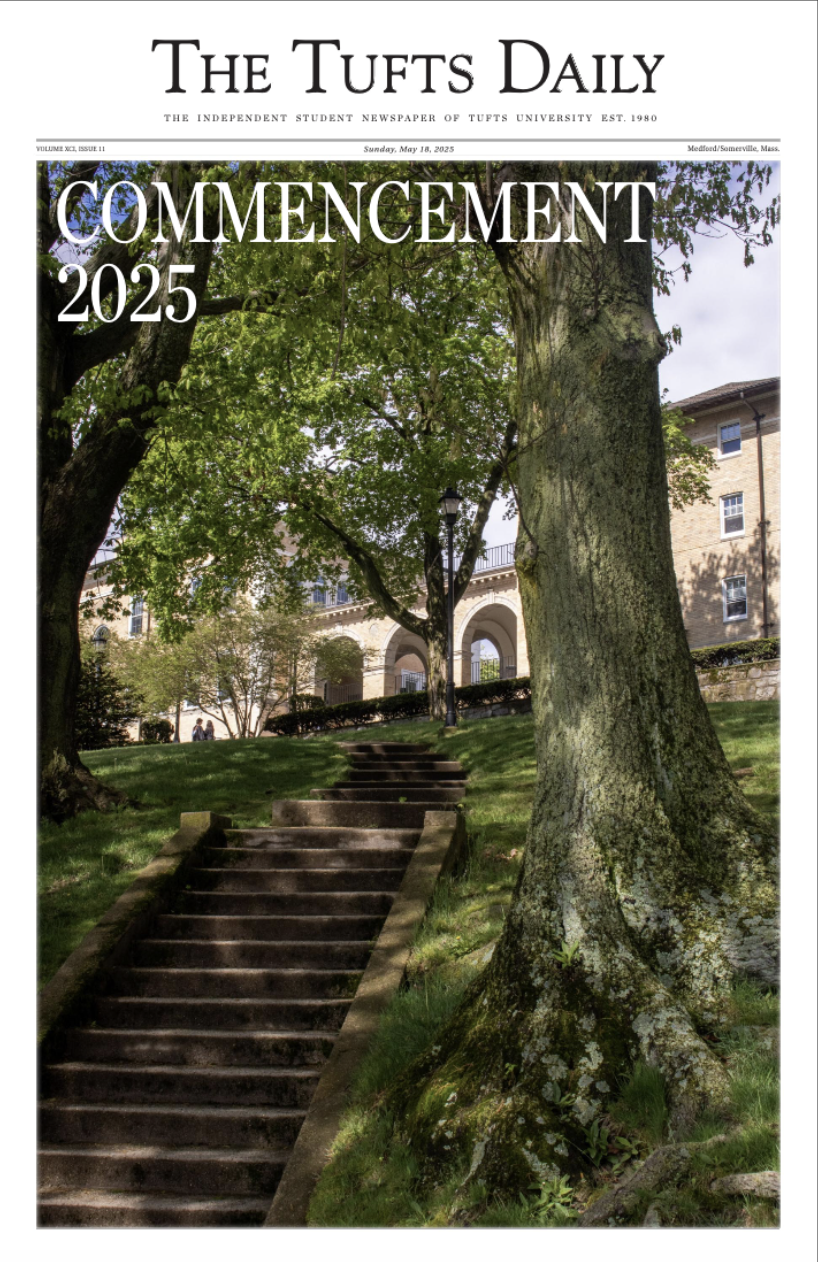There are two kinds of March Madness — the kind that will take place in college basketball over the next few weeks and the kind that ensues when a fantasy baseball owner selects Jonathan Papelbon in the third round.
But fear not; the Daily is here to help you develop a method to the aforementioned madness and avoid such blunders as you prepare for your upcoming draft. Here are five tips to keep in mind when you're on the clock so that your turn doesn't end with your league-mates making fun of you about the player you chose.
1. Consider position scarcity. Since fantasy baseball is oriented on offense rather than defense, and the majority of baseball's best hitters play either first base or the outfield, some positions are harder to fill than others. Second base and shortstop are notoriously shallow — because major league teams place a premium on fielding in the middle infield — so it's worth considering filling them early. Wait too long, and you'll be left to decide between Erick Aybar and Asdrubal Cabrera, whose superior defensive talents don't translate well to fantasy.
One position you don't have to worry about this year is catcher, where an influx of youngsters, led by Buster Posey and Carlos Santana, has vastly increased the pool of quality contributors. It's less important this year to nab Victor Martinez or Brian McCann in the early rounds, because you can get comparable power from Jorge Posada or Chris Iannetta significantly later in the draft and compensate for their batting average woes at other spots.
2. Prioritize certain players. Staring at a list of 30 players and choosing just one can be a daunting task, so in addition to your draft board, bringing a list of players you want to prioritize is a good idea.
Most importantly, don't be afraid to pull the trigger on a player you really like, just because he's 15 spots lower on whatever ranking system you are using. Owners who plucked Carlos Gonzalez in the sixth round last year were rewarded with one of the top 10 fantasy players. Those who thought he'd be around in the eighth or ninth round sorely missed out.
3. Sleepers and breakout candidates. Most baseball cliches are the result of meaningless babbling from broadcasters like Tim McCarver and Joe Morgan, but the fantasy adage, "Your draft will be won in the middle and late rounds," is actually true. Assuming you aren't lucky enough to land Albert Pujols, your first-round pick is unlikely to set your team apart. Landing this year's Jose Bautista, Joey Votto or Clay Buchholz in the second half of the draft, on the other hand, will make a much bigger difference.
On the offensive side, Washington Nationals second baseman Danny Espinosa has an intriguing upside. The 23-year-old rookie offers a power-speed combination that resulted in 22 homers and 25 steals in the upper minors last season, so while he may struggle in the batting average department, he should be valuable in the counting statistics that are hard to collect from middle infielders.
Toronto Blue Jays outfielder Travis Snider may be your best bet among the late-round power threats, as his 2010 pace suggests that he has 30 dinger potential over a full season. And if you're hunting for last minute steals, don't sleep on second year Detroit Tigers outfielder Austin Jackson, who is unlikely to hit near .300 again but should be good for at least 25 swipes.
Colorado Rockies righty Jhoulys Chacin and Baltimore Orioles lefty Brian Matusz are two starting pitchers to remember as you're rounding out your staff. Chacin won just nine games last year, but he whiffed more than a batter per inning and logged a 3.28 ERA, portending much greater things. Matusz's finesse style isn't likely to produce many strikeouts, but he went 7-3 with a 3.63 ERA after the All-Star Break in 2010, proving that he has what it takes to succeed in the AL East.
Lastly, don't make the mistake of drafting relief pitchers too high. Florida Marlins' Leo Nunez and the Blue Jays' Frank Francisco will offer the saves you need much later in the draft.
4. Spring training statistics are meaningless, but injuries are not. Diehard New York Yankees fans may be fretting over CC Sabathia's 9.64 ERA. The folks in Texas may be wondering why Josh Hamilton hasn't homered or driven in a run in 19 at-bats. The important thing to remember is that in spring training, players are focused on staying healthy and conditioning themselves for the regular season.
Come Opening Day, all of them will have a clean slate — except those who are on the disabled list. The tendinitis in Chase Utley's knee and Zack Greinke's fractured rib should worry you much more than any numbers you see during the next three weeks. And pay attention on draft day; you don't want to be "the one" who drafts Adam Wainwright and then remembers 10 seconds later that he's out for the season after Tommy John surgery.
5. The waiver wire is your friend.There will be 750 players on Major League rosters on Opening Day. In standard, 10-team fantasy leagues, no more than a third of them will be owned. That means even if you're disappointed with your draft, you'll have plenty of opportunities to alter your roster once the season starts.
Last year, Bautista — the league's eventual home run king — went undrafted in virtually every league. Jaime Garcia, a 13-game winner who ranked sixth in the majors with a 2.70 ERA, was also available well into the season. Checking the headlines and scouring the waiver wire daily for players who are poised to go on a hot streak will give you a significant leg-up on owners who merely set their lineups and hope for the best.





